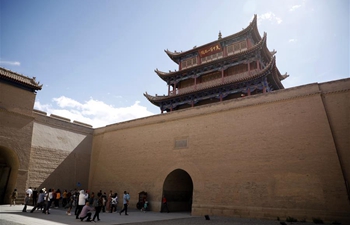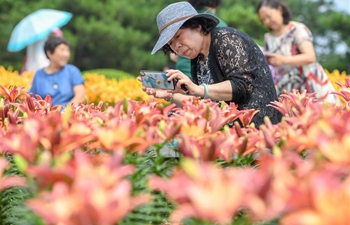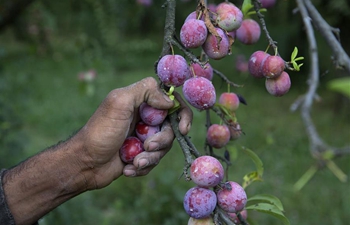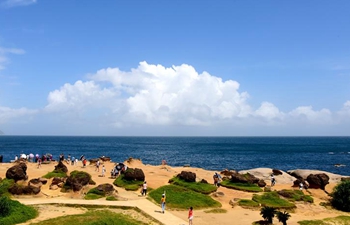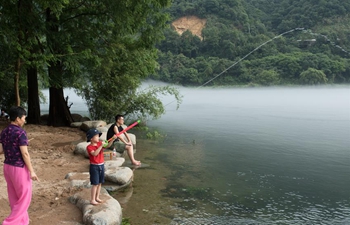MANILA, July 20 (Xinhua) -- Dengue cases in the Philippines are continuing to surge and have reached 115,986 nationwide, with 491 deaths from January 1 to July 6, the Department of Health of the Philippines said on Saturday.
From June 30 to July 6 alone, the health department said 5,744 more dengue cases were recorded, or a 22 percent spike from last year's 4,703 cases.
The most affected area is Western Visayas region, which has the greatest number of reported dengue cases so far this year with 15,826, followed by Calabarzon with 12,780 cases, Soccsksargen with 9,572 cases, Northern Mindanao with 9,354 cases, and Central Visayas with 9,259 cases.
On Monday, the government declared a national dengue alert amid the surge in reported cases of the mosquito-borne viral illness.
The national dengue alert was issued to urge regional health offices to step up dengue surveillance, case management and outbreak response in primary health facilities and hospitals, as well as through community and school-based health education campaigns, clean-up drives, surveillance activities, case investigations, vector control, and logistics support for dengue control like insecticides, rapid diagnostics tests, and medicine.
The government is undertaking a nationwide public information campaign to follow what it calls as the "4-S method" which stands for "search and destroy" mosquito-breeding sites, employ "self-protection measures" such as wearing pants and long-sleeved shirts, and daily use of mosquito repellent, "seek early consultation," and "support fogging or spraying" in areas where an increase in cases is registered for two consecutive weeks to prevent an impending outbreak.
Dengue cases in the Philippines have been observed to peak every three to four years. The last peak occurred in 2016.
Given the pattern, the health department expects an increase in cases this year.
Dengue is a viral disease with no known vaccine or specific antibiotics. Effective surveillance helps in reducing cases and deaths if areas with clustering of cases are identified early.
Signs and symptoms of the disease are severe headache, pain behind the eyes, severe joint and muscle pain, fatigue, nausea, vomiting, and skin rashes.





